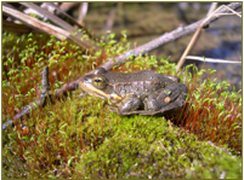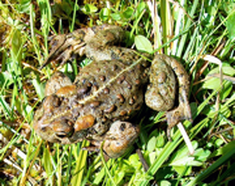The North Slope of the Uinta – Boreal Toad Survey
This citizen-science project will engage local students near the Uinta Mountains in Utah to participate in boreal toad surveying. The students will get outside of the classroom, learning scientific protocol and data collection methods from professional researchers. Additionally, they will learn survival skills and outdoorsmanship, preparing them to safely spend time in the wilderness. It is our hope that thsi project will inspire a love of the outdoors and a passion for science in the participating students.
Amphibians are great indicators of ecosystem health due to their sensitive skin that reacts to pollutants and contanimnatns int eh water. Students will help research boreal toad on the Northern slope on the Uintas, contributing to the understanding of the health and integrity of this sensitive species and the ecosytem it lives in. Decreasing numbers of the boreal toad in utah as a result of development, climate change, overpopulation, increased pollution and deforestation are cause for concern not only for the condition of the wilderness, but for human population that are also affected by pollution .
Students will survey boreal toads in the wetlands of the Uinta mountains, identifying the species of toad and recording field observations at each identification site. They will learn and practice species identification, note and gain first hand experience working in a wetland ecosystem.
|
Where are they found and how do I find them?
|


